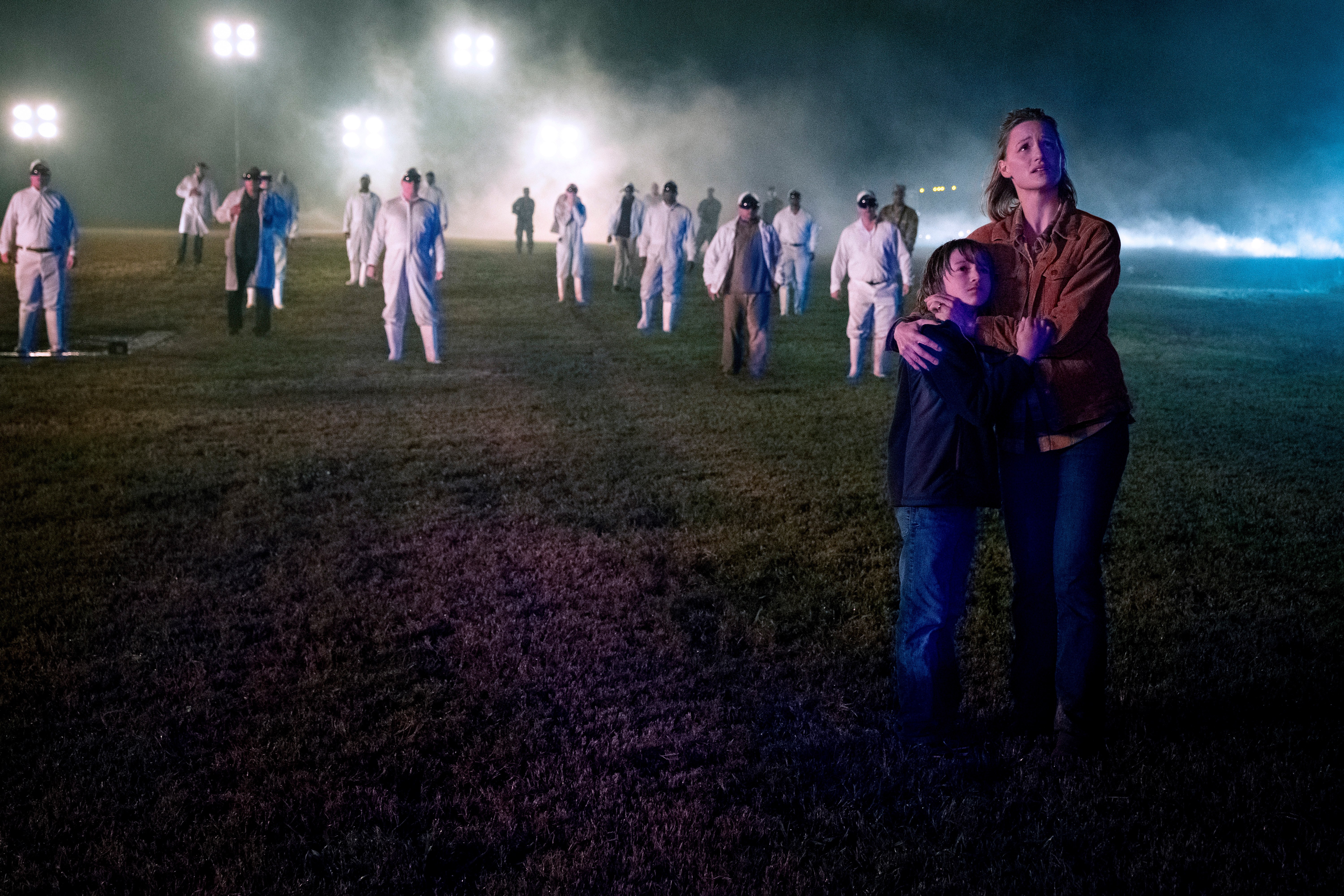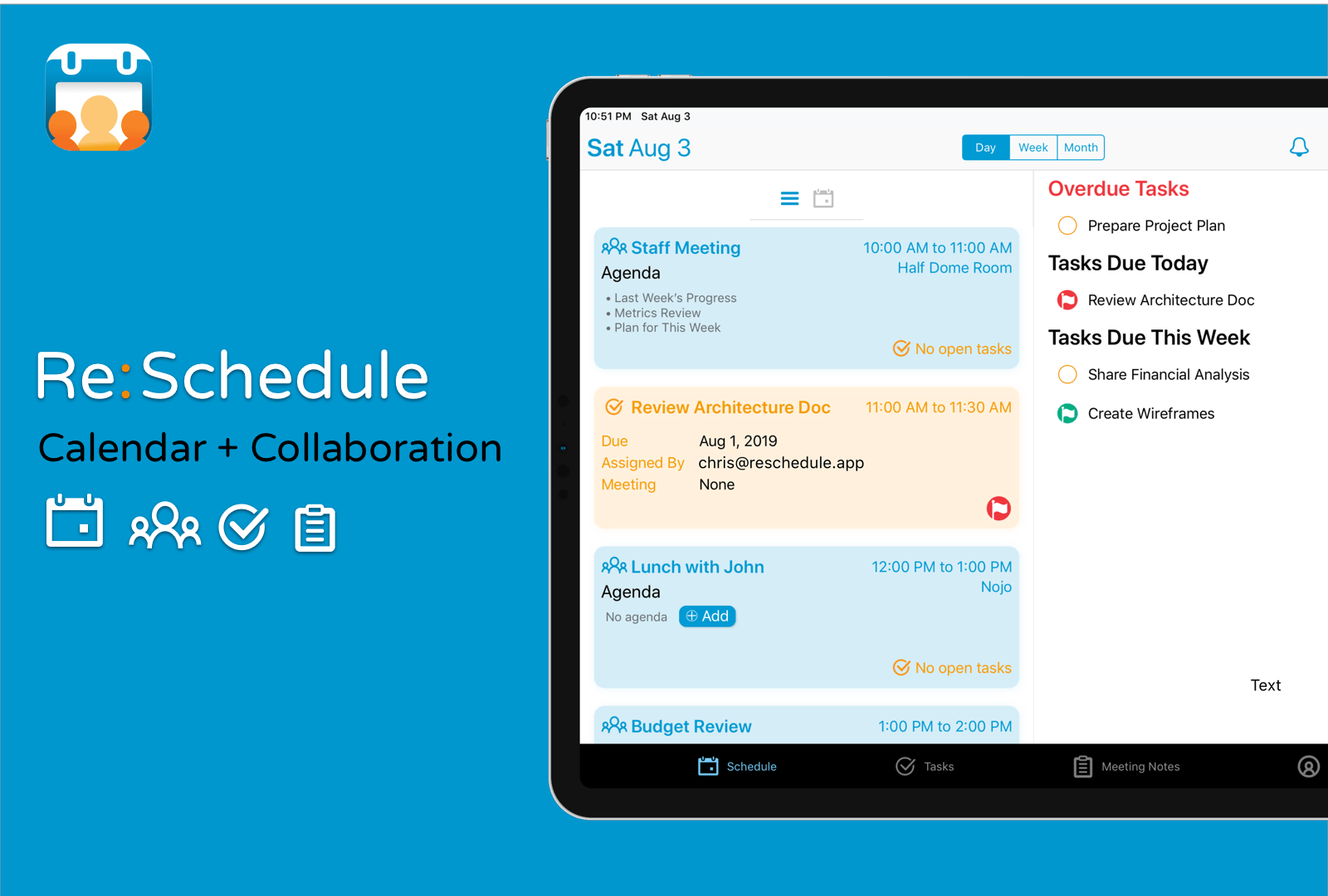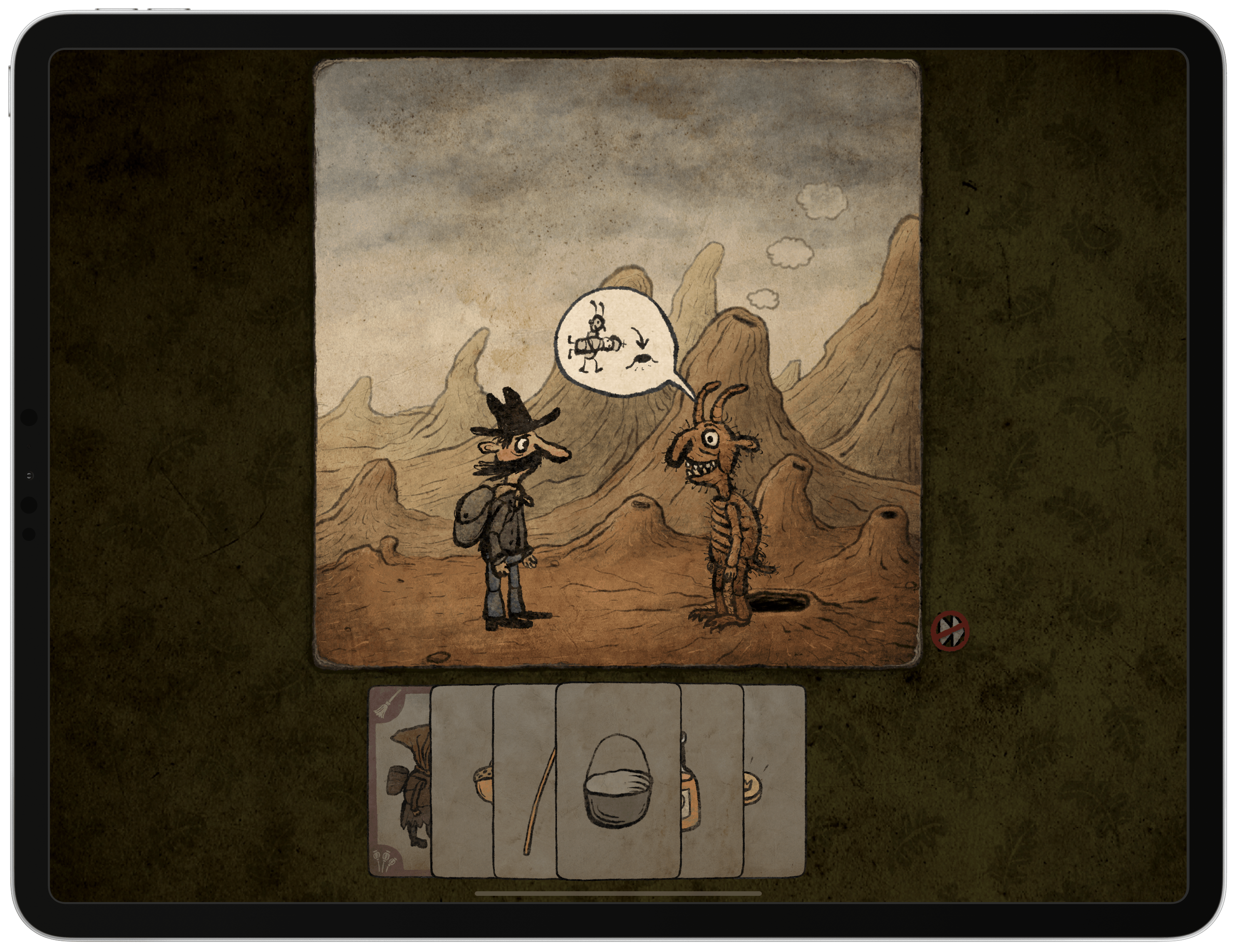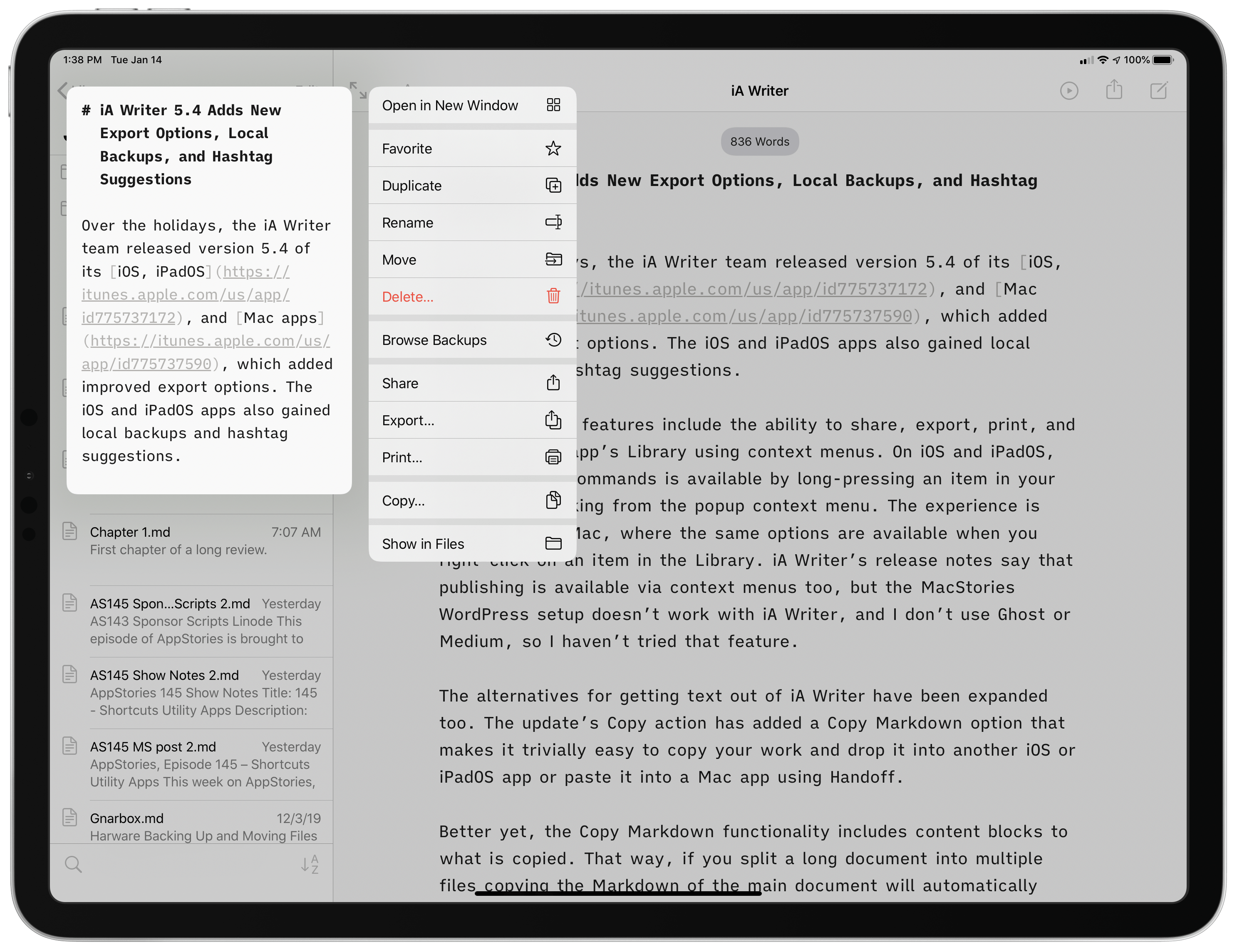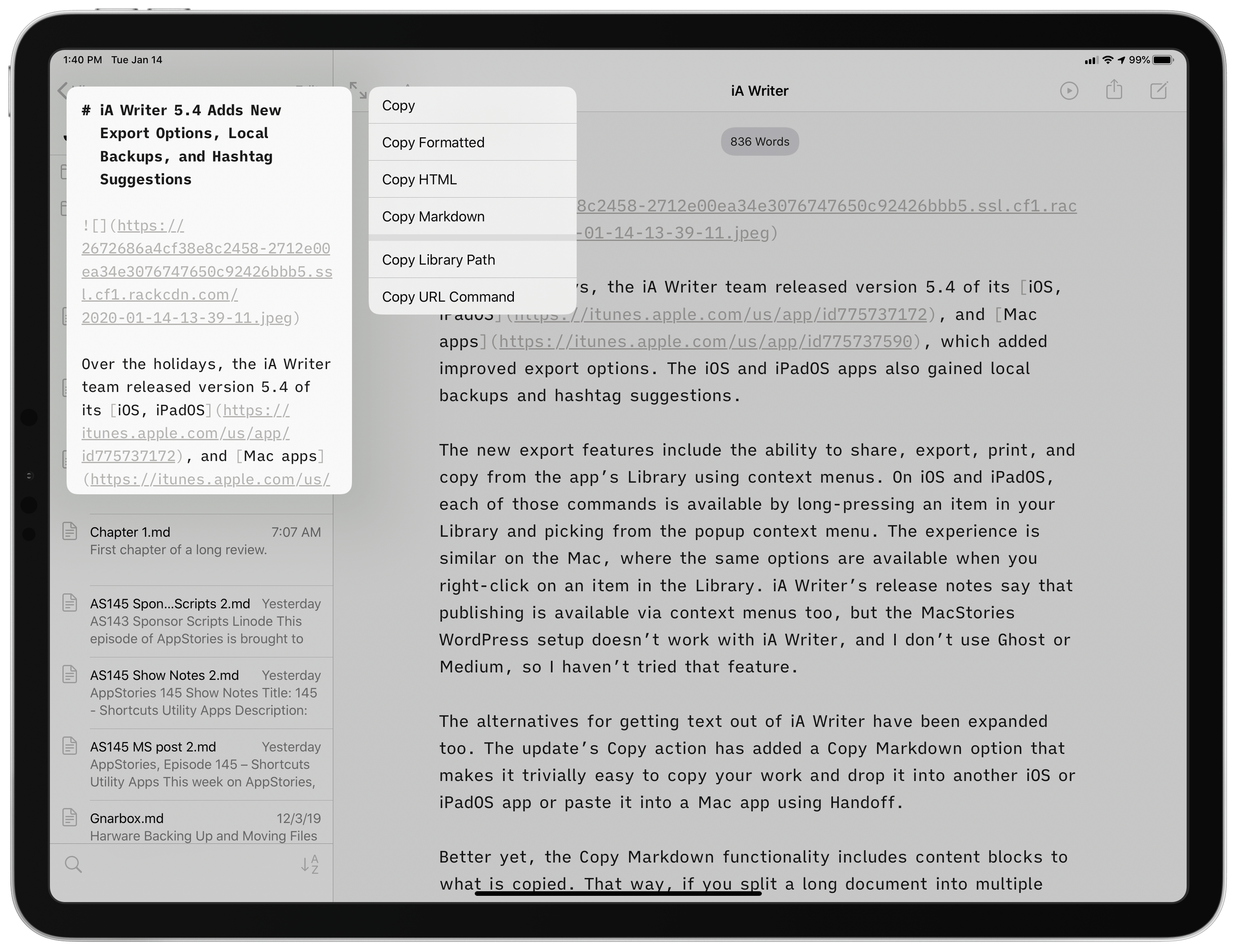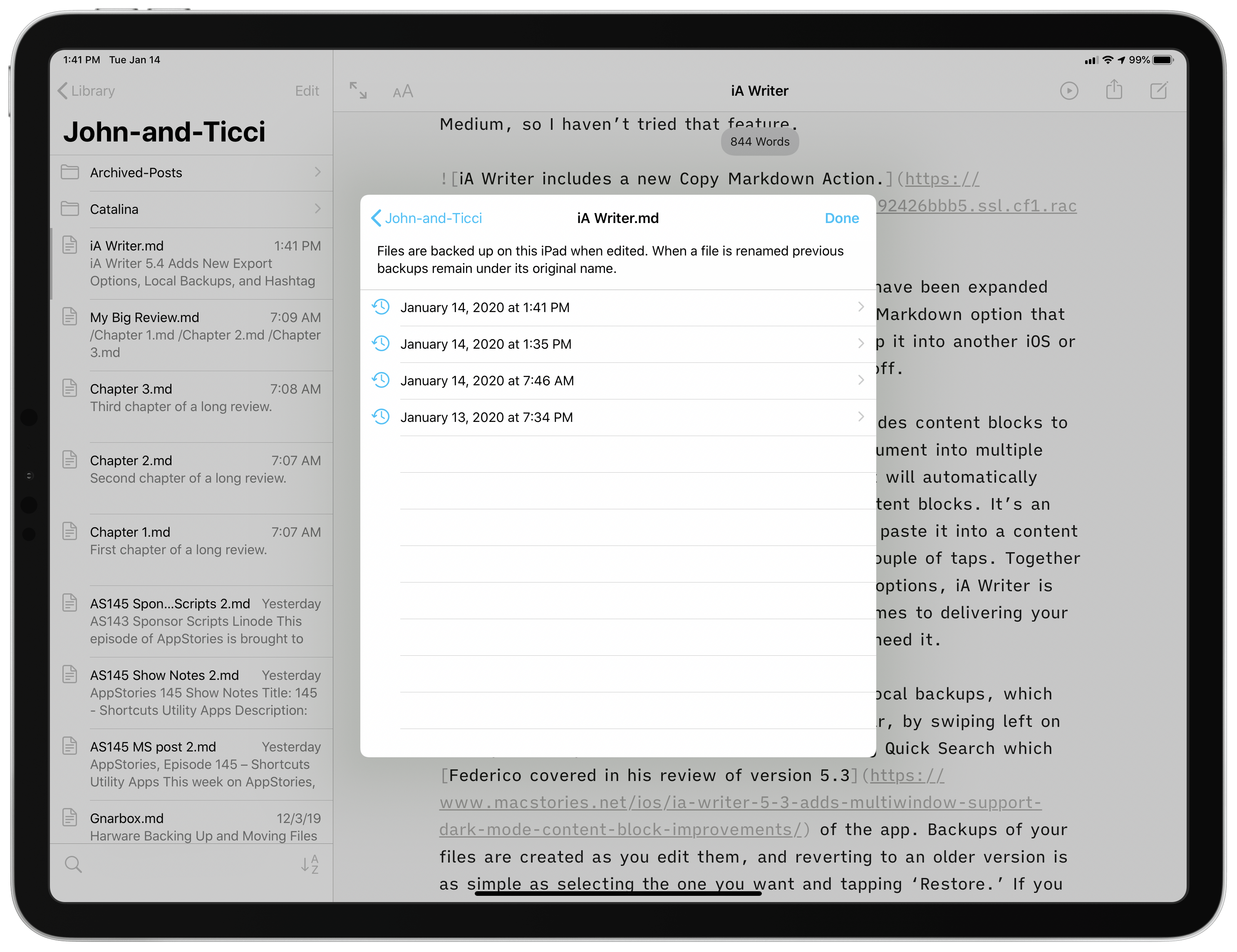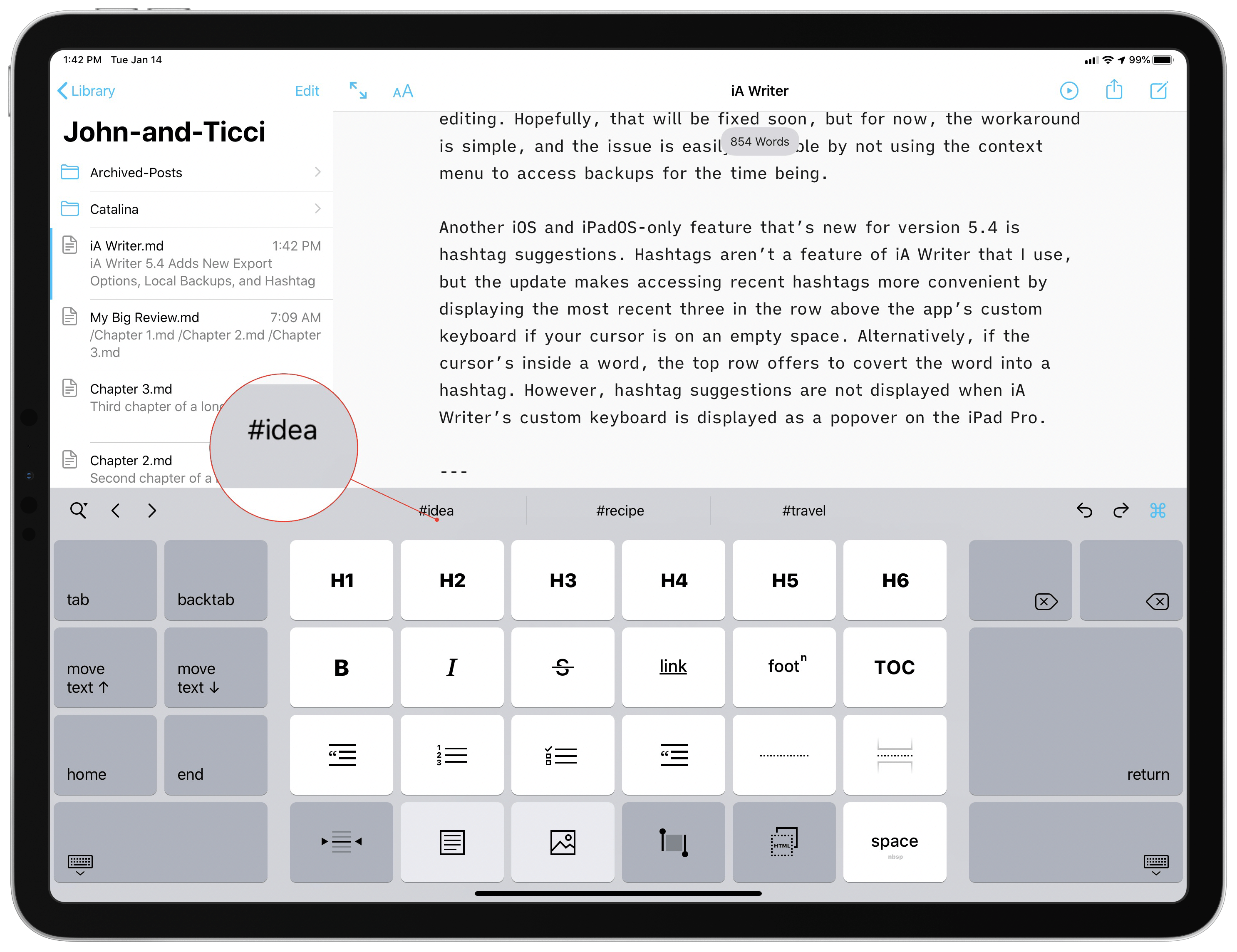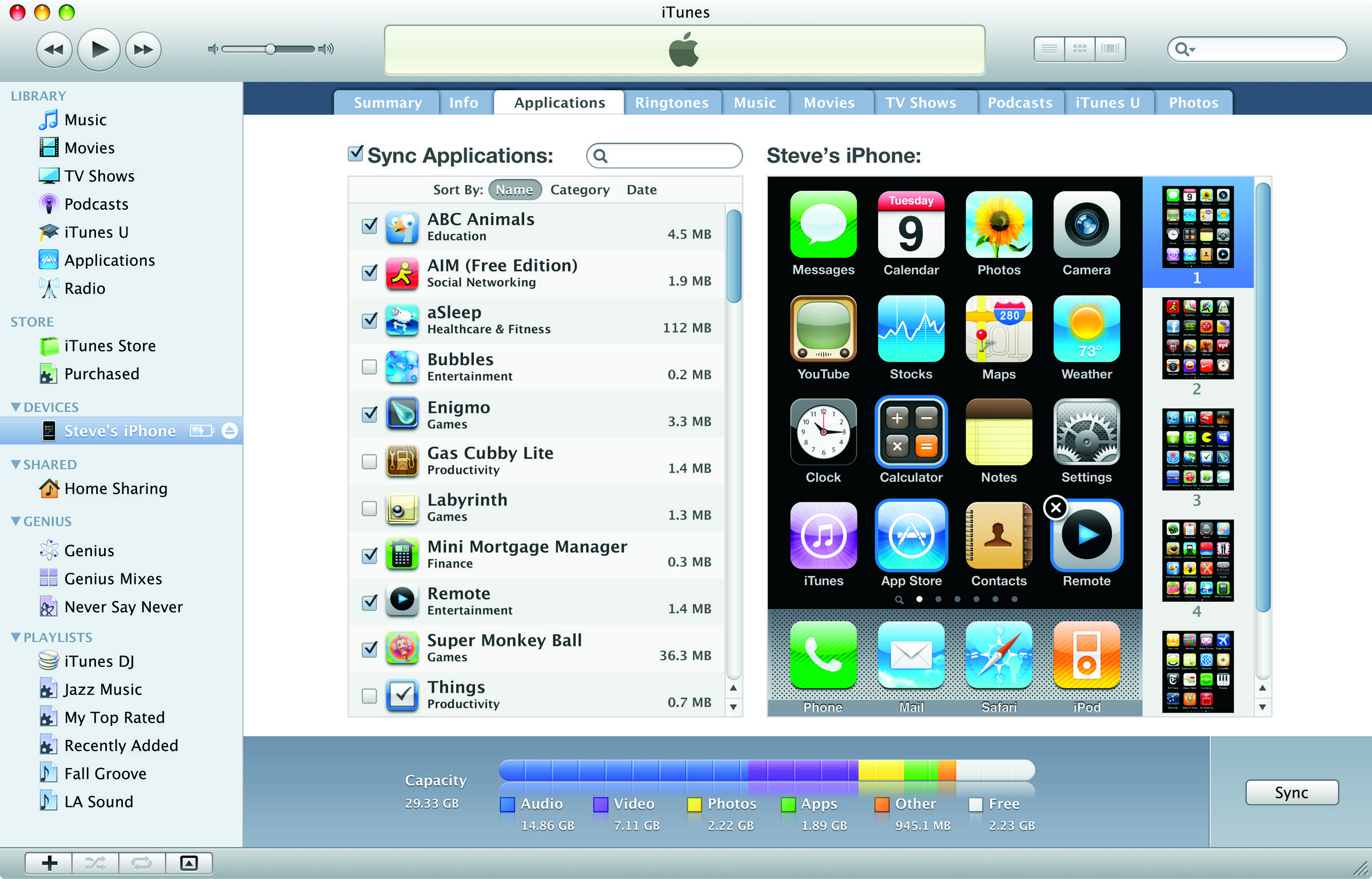Sensei is a brand new Mac app that monitors the status of various components of your Mac’s hardware and provides a set of utilities to optimize its performance. The app is certainly not the first to offer these features – there are tools built into macOS and third-party apps that can accomplish many of the same functions, and in some cases more. However, what sets Sensei apart, and what has quickly won me over, is its ability to translate the data it collects and implement its utilities in a beautifully-designed, standalone app.
Sensei: A Beautifully-Designed Dashboard and Set of Utilities for Your Mac
AppStories, Episode 146 – Music Discovery Apps, Websites, and MusicBot→
NapBot 1.3 Adds Independent Watch App, Today Widget, Notifications, and New Awake Minutes Trend
NapBot debuted last fall as a Swift UI-powered app that makes sleep tracking easy thanks to CoreML and a clean, simple design. The app recently received a variety of improvements via a 1.3 update that enhances both the watchOS and iOS components of NapBot.
On the watchOS side, NapBot now features a fully independent Watch app, meaning it can be downloaded from the Watch’s App Store and run without needing the iOS app installed. The current Watch app only shows sleep data for the previous day, rather than the full history that’s available on the iPhone, so I hope this release is just the first step toward offering full feature parity between watchOS and iOS apps.
Timed with its upgrade to independence, NapBot’s Watch app also now has complications available for every type of watch face and every complication size, so no matter which face is your go-to, you can find a fit for your sleep data.
The iPhone app now tracks a new trend, accessed from inside the Trends tab: Awake minutes. This enables keeping a pulse on how much time you spend awake during a normal night, and if the number doesn’t look good, NapBot will recommend you try reducing caffeine consumption during the latter parts of your day. If your Awake minutes trend shows just limited awake time, you’ll receive reassurance that brief waking periods can be perfectly normal.
Finally, NapBot has added a Today widget that documents your sleep data from the previous evening, and a notification in the morning to let you know sleep has been tracked. Using one or both of these options can reduce the need to open the full NapBot app as often and enable passive use instead, which I find ideal for a sleep tracking app.
The appeal of NapBot is in combining an easy-to-understand interface and effortless sleep tracking with data analysis powered by CoreML. Version 1.3 doesn’t change anything fundamental about the app, but it brings system feature integrations that make a meaningful difference in everyday use.
Apple Reveals Upcoming TV+ Lineup, including Amazing Stories, Central Park, Defending Jacob, and More
Over the weekend, Apple debuted its TV+ content lineup for the first half of 2020 at the Television Critics Association Winter Press Tour. This Press Tour is a tradition of the TV industry, where traditional networks and streaming services alike share about the new content they’ll be releasing soon. Apple got to join the festivities this year for the first time, detailing its TV+ lineup through early summer, including release dates for highly anticipated series we already knew about, plus the debuts of new shows that hadn’t been previously announced.
Re:Schedule: A Calendar that Will Change the Way You Work [Sponsor]
Re:Schedule is a new kind of calendar for busy professionals and team leaders that fuses time management, team collaboration, and meetings into a comprehensive package that will help you work more efficiently than ever before.
The power of Re:Schedule starts with its Day View, a unique take on managing the two competing demands on your time: meetings and tasks. By combining them side-by-side, you can allocate your time better than ever before. For example, you can drag tasks to your calendar to block off time to ensure they get finished or review a meeting’s agenda and its open action items all at once.
Organizing collaboration with Re:Schedule is a more natural way to work with others too. Information is organized by time, eliminating the overhead of managing folders, projects, teams, and permissions. The week and month views are perfect for managing tasks and understanding what needs your attention now.
Meeting workspaces bring every aspect of a meeting together in an easy-to-use interface that keeps your meetings on track and productive. Just tap on a meeting, and its workspace opens, allowing you to organize notes by agenda item and assign tasks to meeting participants who can follow along with the agenda during the meeting. When your meeting is finished, Re:Schedule automatically shares your notes with each participant. Even your team members who don’t use Re:Schedule can benefit from it thanks to email notifications.
Re:Schedule is fantastic for recurring meetings too. The app tracks a meeting’s history, organizing notes chronologically to help track past decisions and progress. Re:Schedule also enables you to see open tasks from past meetings and syncs with your Google Calendar account.
Transform the way you work in 2020 by signing up for Re:Schedule’s 30-day free trial today.
Our thanks to Re:Schedule for sponsoring MacStories this week.
Arcade Highlights: Pilgrims
Apple Arcade launched with a flurry of fantastic games. Not long after the first wave of titles hit the service, Czech studio Amanita Design turned heads with the unexpected release of Pilgrims, a traditional adventure game that borrows interaction elements from card-based games. The studio’s quirky, signature art style and sound design come together in a short but delightful game that encourages exploration and experimentation.
Amanita has been making iOS games since the earliest days of the App Store. It’s probably best known for Machinarium, which was released in 2009, but it has released a string of artful games that are fan favorites, including CHUCHEL, Samorost 3, and Botanicula.
Pilgrims dropped on Apple Arcade in October and is available on iOS, iPadOS, tvOS, and the Mac. I’ve played the game on all four platforms and found that it’s best experienced on the iPad, followed closely by the Mac.
The reasons Pilgrims succeeds so well on the iPad are threefold. First, the game is beautifully illustrated in a hand-drawn style that is reminiscent of a children’s storybook, which a big Retina iPad screen helps bring to life. Second, the iPad’s superior sound system makes it a great way to enjoy the game’s soundtrack, even without headphones. Finally, as I’ll explain in more detail below, Pilgrims relies on a card-based approach to gameplay that lends itself to touch, making direct interaction with the game’s cards and collectibles a natural fit.
The iPhone benefits from the same intimate interaction as the iPad, but the experience is diminished by the smaller screen and the iPhone’s inferior speakers when played without headphones. Pilgrims benefits from the even bigger screens of a Mac and TV, where I found that interacting with the game with a trackpad or mouse felt closer to the iPad’s touch experience than using the Apple TV’s Siri Remote or a game controller.
The premise of Pilgrims is simple: you start the game as a traveler who wakes up in his tent. You navigate around a map to various locations by tapping or clicking on them. Along the way, you collect items, interact with other characters, and solve puzzles. As you pass certain milestones, you’re joined by other pilgrims on your travels as you progress to the conclusion of the story.
The characters you befriend and the items you collect are represented by cards at the bottom of the screen. As you travel from point to point, your objectives will be clear: the thief wants potatoes, and the restaurant owner wants wine, for example. To obtain those items and unlock later stages of the game, you need to visit other locations on the map and through trial and error, collect items, trade for others, and interact with characters to advance the story.
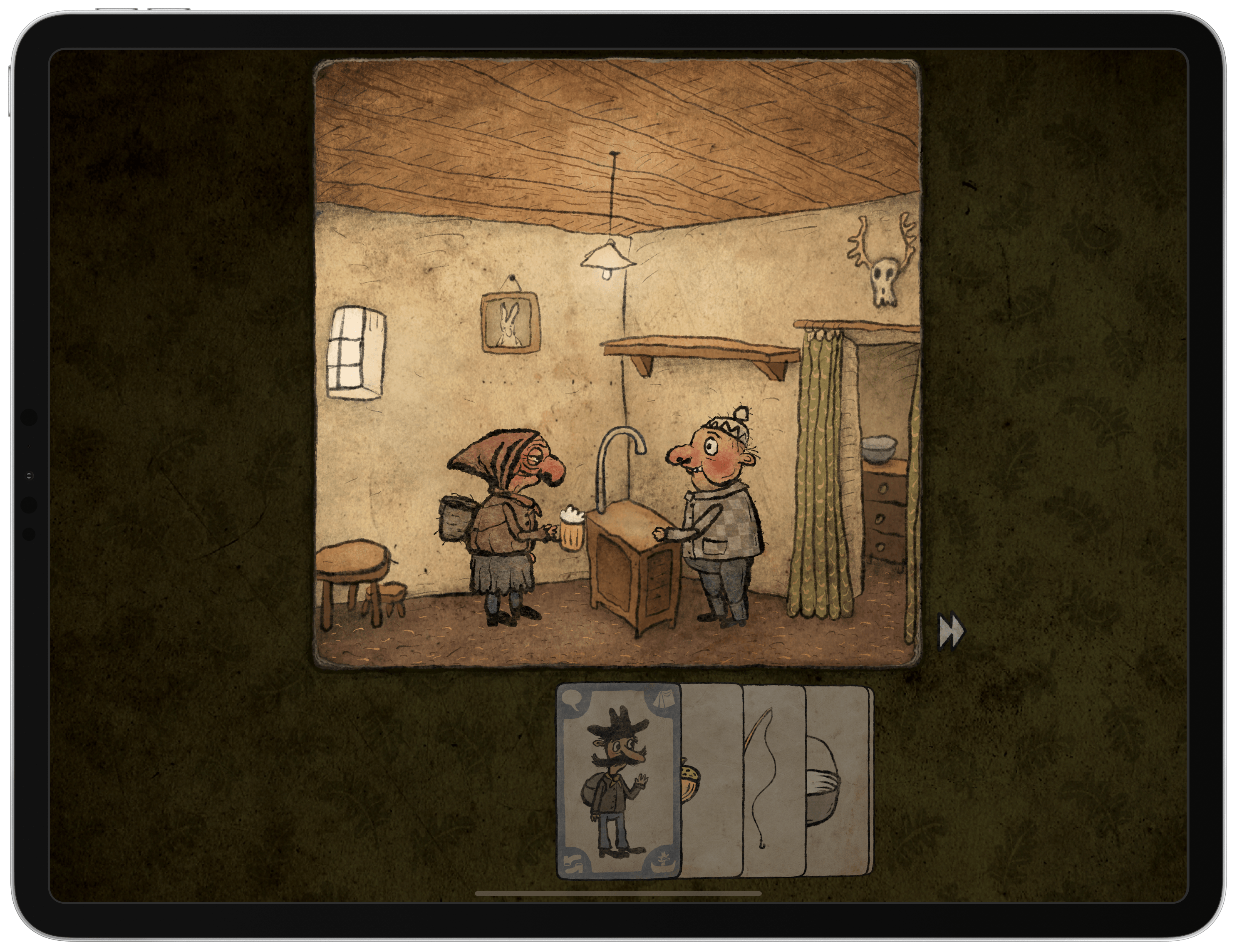
Interactions in Pilgrims are primarily accomplished by dragging the cards of items you’ve collected and travelers you’ve befriended into each scene.
Interactions are initiated by dragging cards into each scene and then watching how the story unfolds. The scenes are handled with an excellent sense of humor and whimsy that encourages you to experiment. In turn, that lends itself to a leisurely pace and provides a richer experience than doing the minimum necessary to reach the end of the game would suggest. It also makes Pilgrims a fun game to revisit because, although the environment may be familiar, testing different interactions with the characters you meet along the way makes repeat plays fun.
It’s the combination of storytelling and card-based play that makes Pilgrims such a perfect match with the iPad. Playing on a big Mac screen with a good set of speakers is a close second, but sitting back in a comfortable chair and exploring Pilgrims’ world from an iPad can’t be beaten. If you missed this release, which trailed the Apple Arcade launch by a few weeks, be sure to check it out now.
Pilgrims is available as part of Apple Arcade on iPhone, iPad, Apple TV, and Mac.
Connected, Episode 277: Good Luck Not Waking Up the Entire Building→
On this week’s episode of Connected:
After working out what the award should be for the two Chairman spots, the boys ponder the future of the iPad Pro’s accessories and the holes on the back of the rack-mounted Mac Pro. Then, Myke provides a tour of CES.
You can listen below (and find the show notes here).
01:20:34
Connected, Episode 277
Sponsored by:
- Health IQ: Insurance for the Health Conscious. Save up to 41%. Take the quiz now to see if you qualify.
- Bombas: Super comfortable socks. Use this link for 20% off.
- Booz Allen: Integrate. Innovate. Get it done with Booz Allen.
iA Writer 5.4 Adds New Export Options, Local Backups, and Hashtag Suggestions
Over the holidays, the iA Writer team released version 5.4 of its iOS, iPadOS, and Mac apps, which added improved export options. The iOS and iPadOS apps also gained local backups and hashtag suggestions.
The new export feature adds the ability to share, export, print, and copy from the app’s Library using context menus. On iOS and iPadOS, each of those commands is available by long-pressing an item in your Library and picking from the popup context menu. The experience is similar on the Mac, where the same options are available when you right-click on an item in the Library. iA Writer’s release notes say that publishing is available via context menus too, but the MacStories WordPress setup doesn’t work with iA Writer, and I don’t use Ghost or Medium, so I haven’t tried that feature.
The alternatives for getting text out of iA Writer have been expanded too. The update’s Copy action has added a Copy Markdown option that makes it trivially easy to copy your work and drop it into another iOS or iPadOS app or paste it into a Mac app using Handoff.
Better yet, the Copy Markdown functionality includes content blocks to the copied text. That way, if you split a long document into multiple files, copying the Markdown of the main document will automatically incorporate the externally referenced files as content blocks. It’s an excellent way to assemble a long-form story and paste it into a content management system or another app with just a couple of taps. Together with the app’s existing copy, share, and export options, iA Writer has become one of the most versatile text editors when it comes to delivering your final text in the format you want and where you need it.
On iOS and iPadOS, iA Writer 5.4 has also added local backups, which are accessed from the action button in the toolbar, by swiping left on or long-pressing an item in your Library, or using Quick Search, which Federico covered in his review of version 5.3 of the app. Backups of your files are created as you edit them, and reverting to an older version is as simple as selecting the one you want and tapping ‘Restore.’ If you change the name of a document, the app keeps the older backups under the file’s original name. You can also navigate to the root level of your Library folder structure from the backups of the document you are currently viewing, allowing you to browse every local backup created by iA Writer on your device.
The strength of iA Writer’s backup feature is that the backups are local. iOS 13 has been a buggy release, and iCloud Drive continues to cause trouble for some users. By creating a local backup, iA Writer provides its users with a copy of their work on whichever device they’re using that isn’t affected by sync or other cloud-based issues.
In my testing, the new backup feature worked well and provided additional peace of mind that my work is safe, which I love. I did run into a bug when navigating back to the editor from the backup view when I entered it via the Library’s context menu. The editor lost the focus, so I had no cursor or keyboard, though it’s an issue that can be fixed by tapping into another document and then back to the one you’re editing. Hopefully, that will be fixed soon, but for now, the workaround is simple, and the issue is easily avoidable by not using the context menu to access backups for the time being.
Another iOS and iPadOS-only feature that’s new for version 5.4 is hashtag suggestions. Hashtags aren’t a feature of iA Writer that I use, but the update makes accessing hashtags more convenient by displaying the most recent three in the row above the app’s custom keyboard if your cursor is on an empty space. Alternatively, if the cursor’s inside a word, the top row offers to convert the word into a hashtag. It’s worth noting, however, that hashtag suggestions are not displayed when iA Writer’s custom keyboard is displayed as a popover on the iPad Pro.
In the broader scheme of iA Writer’s development, version 5.4 is a relatively minor update, though it does reinforce why the app was chosen as the MacStories Selects App of the Year. iA Writer has been a category-leading text editor for years, but it continues to receive regular updates that incorporate the latest technologies on every platform in ways that refine the experience for users and expand the app’s capabilities.
There’s an incredible amount of power tucked away behind iA Writer’s simple UI. That power is always just a tap or two away, but stays hidden until you need it, which is my favorite sort of pro app UI.
iA Writer 5.4 for iOS and iPadOS and for the Mac is available as a free update for existing users.
Sam Henri Gold Launches The Unofficial Apple Archive
Last summer, Sam Henri Gold uploaded hundreds of images, videos, and other historical Apple material to Google Drive from the company’s earliest days to present. The collection didn’t last long. The flood of people trying to download its contents slowed the archive to a crawl, and ultimately Gold took it down.
The archive is back now at applearchive.org as an ad-free website organized by decade. The collection, which Gold has dubbed The (Unofficial) Apple Archive, includes a wide range of materials from press photos and keynotes to TV ads and Mac wallpapers. There is even a healthy collection of unreleased materials, like this unreleased social media ad for AirPower.
The site includes search functionality that makes it easier to find something specific among the hundreds of items or browse an entire product category. Images can be downloaded from the archive, but to deter downloading of videos, Gold is using a restrictive embedded Vimeo player. The desire to stop downloads is understandable, but it also means that the videos cannot be embedded by others writing about them elsewhere, which is a shame.
Between a Vimeo Pro account and Squarespace, Gold says the Apple Archive costs him about $456/year. Because the site is ad-free, Gold is accepting donations to help defray the costs here. To learn more about the Apple Archive project and the story behind it, check out Michael Steeber’s interview with Gold on 9to5Mac.










